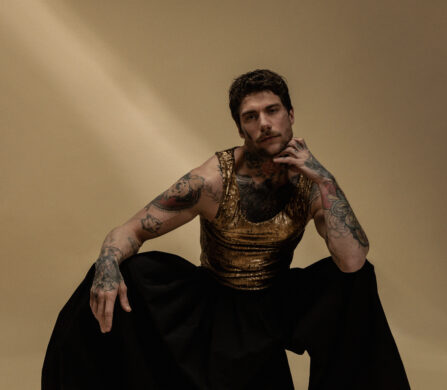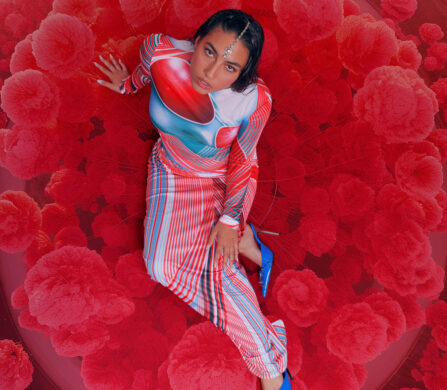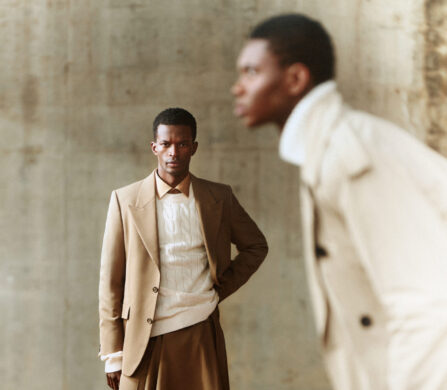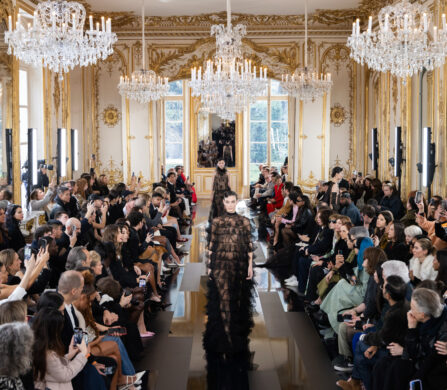Untethered and at the very zenith of her essence, Kate Bogucharskaia is resplendent in this instalment of Brittle Star. In this Schön! series, Brian Ziff captures our host as she binds and protects the source of her astral fertility, as she is bought to life by Ethan Chancer.
This Schön! online exclusive series was produced by
Photography, Music and Digital Art / Brian Ziff
Animation / Ethan Chancer
Model / Kate Bogucharskaia @ Next Worldwide
Styling / Barbara Constantin
Hair / Sheridan Ward @ The Wall Group
Makeup / Mynxii White @ Photogenics Army
Discover the latest issue of Schön!.
Now available in print, as an ebook, online and on any mobile device.


















